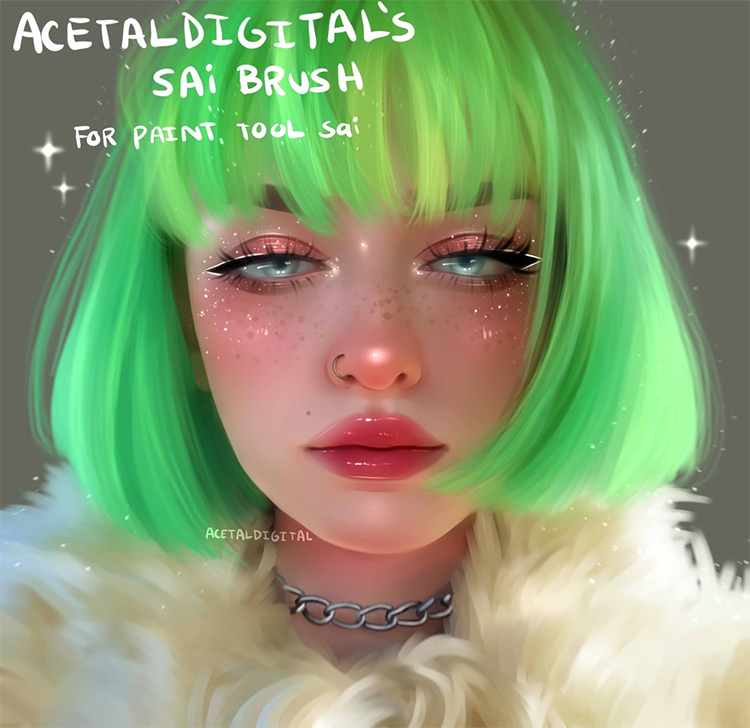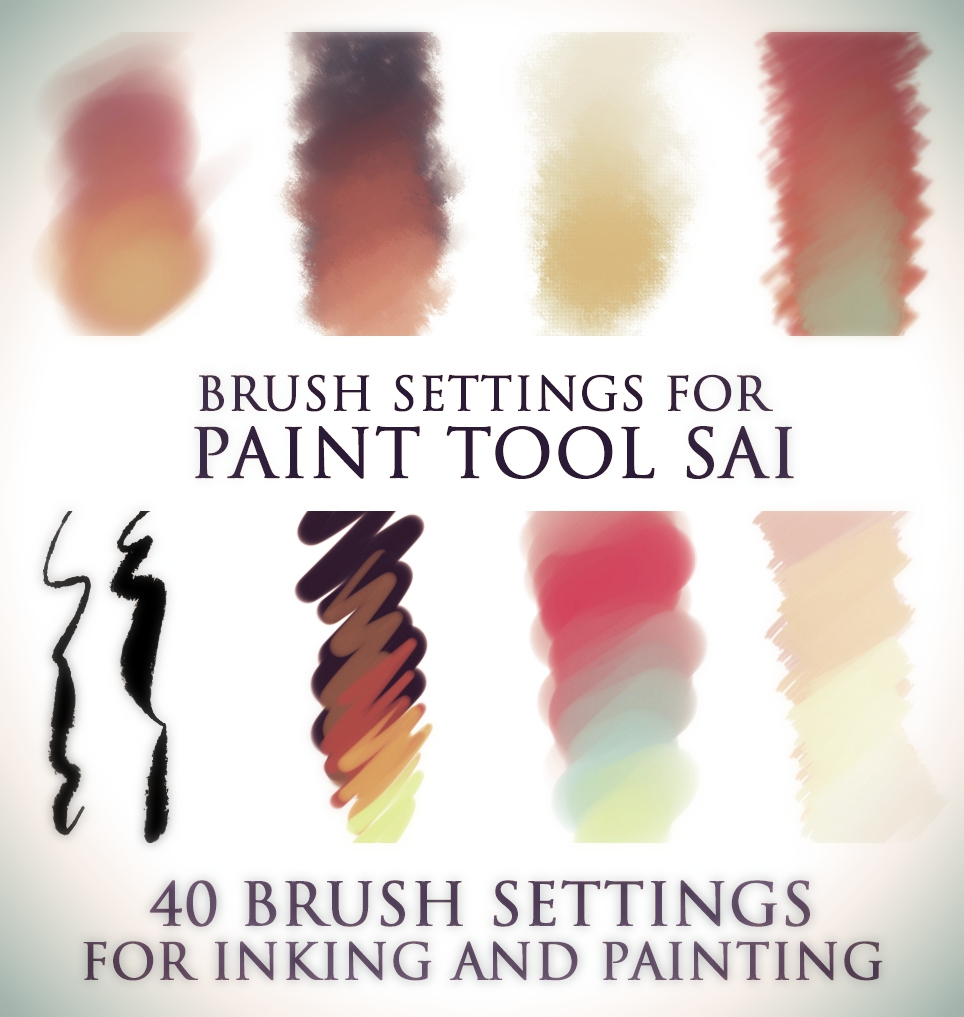

Krita has a default user interface that is visually reminiscent of Photoshop. This user interface places all of the most important tools and features in one area, making it easy to navigate. Upon opening the program, PaintTool SAI’s main difference from Krita is the default setting to have almost all tools and the layer menu on one side of the screen. While both PaintTool SAI and Krita include fairly robust user interfaces, PaintTool SAI’s organization of tools and functions makes it a less intimidating software for a first-time user. In this section, I’ll go over the details of the difference between PaintTool SAI and Krita, including ease of use, tools/features, compatibility, and pricing. PaintTool SAI vs Krita: Detailed Comparison Perspective ToolsTemplates Scripts Supports multiple color modesSeExpr Here is a quick overview of the main differences between PaintTool SAI and Krita:ģ1-day free trial. PaintTool SAI vs Krita: Detailed Comparison.In this article, I will show you the main differences between PaintTool SAI and Krita, and how they meet the needs of different types of artists.

As a freelance artist, Art Director, and Character Designer I have experimented with PaintTool SAI, Photoshop, Adobe Illustrator, Procreate, Krita, GIMP, and more. My name is Elianna and I’ve experimented with digital drawing software for over 10 years. The customization and functions available suit the needs of many types of visual artists, with a user interface most similar to Photoshop. Overall, Krita offers the most value for artists with its $0 price point and powerful capabilities. It is made by artists that want to see affordable art tools for everyone. Krita is a professional FREE and open-source painting program. This software makes digital art more enjoyable and comfortable. PaintTool SAI is a high-quality and lightweight painting software, with full digitizer support, and amazing anti-aliased paintings, it provides easy and stable operation. With the variety of choices that exists in the market today, it can be challenging to understand the nuance of application from one software to another. Creative hobbyists and professionals alike have specialized needs that must be reflected in their tools to create high-quality work. In the era of technology artists have a wide variety of tools at their disposal.


 0 kommentar(er)
0 kommentar(er)
